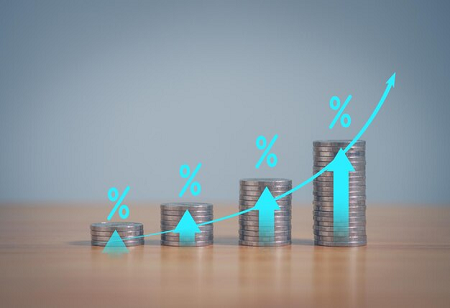
The BOJ (Bank of Japan) produced calculations based on numerous scenarios, including one in which short-term rates rise to roughly 1-2 percent over several years, but the spread between short- and long-term rates fluctuates between 0.25 and 0.75 percent points. The forecasts, released in a research paper, highlight the BOJ's determination to keep raising short-term interest rates, which are currently at 0.25 percent, to levels considered neutral to the economy in the coming years.
Based on calculations from the bank's monetary affairs section, the BOJ will experience an annual net loss of almost 2 trillion yen ($13 billion) in fiscal 2027 and 2028 in the most worst scenario, where short-term rates rise to 2% and the gap widens by just 0.25 points.
The loss will subsequently begin to diminish, and the bank's earnings will become negative around fiscal 2031, according to forecasts.With the belief that Japan was close to reaching its 2% inflation objective in a sustainable manner, the BOJ ended a large stimulus program that had been in place for ten years in March and increased short-term rates to 0.25 percent in July.
Governor Kazuo Ueda has indicated that if Japan keeps making headway toward its price target, he is willing to continue hiking rates in the upcoming years to levels that neither slow nor accelerate growth, which analysts estimate to be about 1%.
When central banks ease monetary policy, they usually make money because the yield on their government bond holdings is higher than the interest they pay on surplus reserves. On the other hand, when they tighten policy, they have to pay more interest to excess reserves in order to absorb market liquidity, which puts pressure on their earnings.
We use cookies to ensure you get the best experience on our website. Read more...